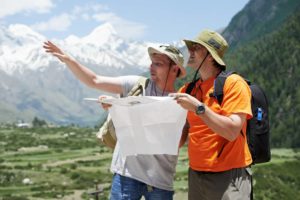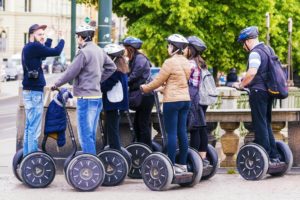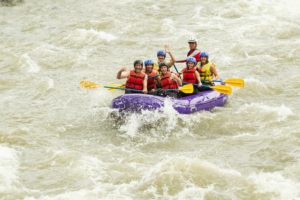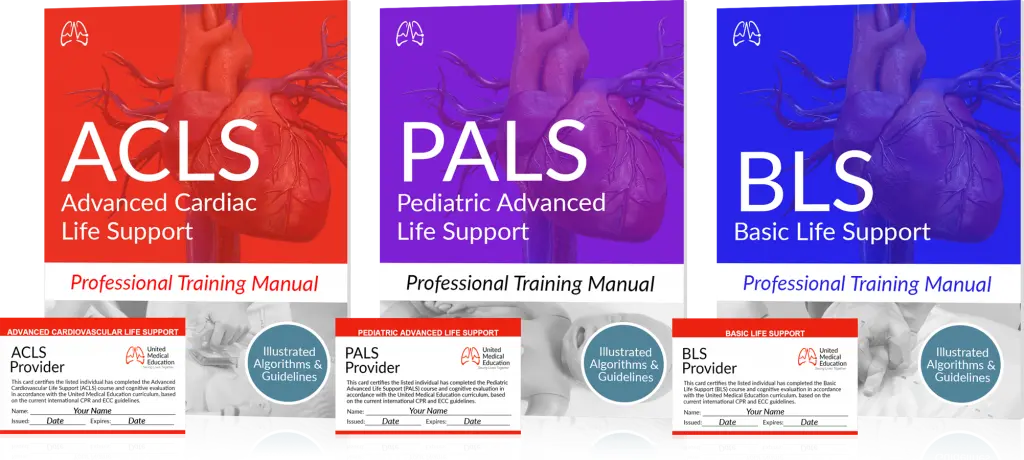Joy was leading a trekking tour through the Amazon rain forest when they decided to rest at a local village. The people in the village were friendly and insisted on preparing traditional meals for Joy and her team. They wanted them to have the full local experience. However, the delicious taste of the meal was short-lived. After an hour, one of the tourists started vomiting and experiencing severe abdominal pains. Joy identified the symptoms as food poisoning. Acting quickly, she mixed rehydration salts with water from her first aid kit and gently convinced the tourist to drink it slowly to restore the lost fluids and electrolytes. After ensuring his well-being, she changed their plans to facilitate his access to the closest medical facility.
No place is immune to medical emergencies, even serene tour trails. Basic medical skills such as CPR AED and First Aid training, often associated only with medical professionals, become vital tools in the hands of a tour guide.
What Are CPR, AED, and First Aid?
Cardiopulmonary Resuscitation (CPR) is a critical intervention that combines chest compressions with artificial breathing to maintain the circulation of blood and oxygenation during cardiac arrest. The Automated External Defibrillator (AED) provides a shock that can restart a stopped heart. First Aid refers to immediate help given to an injured individual until professional help arrives.
In emergencies, tour guides like Joy always find themselves as first responders. Hence, knowing how to use an AED, administer First Aid, or perform CPR can make the difference in serious and life-threatening scenarios or emergencies.
CPR – More Than Meets the Eye
As a tour guide, you may face various challenges, and health emergencies are one of them.
Meet Leo, a fellow guide who got his certification from United Medical. He was touring Athens with a group when an adventurous tourist dived off a cliff into the sea, misjudging the water depth. The impact winded him, but Leo jumped in immediately from the rescue boat, keeping the tourist’s head above the water and guiding him back to the boat. Once onboard, he checked for injuries and monitored the tourist’s breathing until he fully recovered.
Next, we have Todd, a city tour guide. While conducting a street food tour in Bangkok, a tourist insisted on sampling street food from an unvetted vendor. Despite Todd’s warnings, she wanted to experience everything. Later at a cultural performance, she alerted Todd and told him she could barely sit through the performance due to stomach cramps and diarrhea. Todd gave her over-the-counter medication from his mini kit to help reduce bowel movements. When he got her to the hotel, he offered her clear broth and water to stay hydrated, and asked her to rest.
AED Training – A Matter of Life and Death
When a person suffers from sudden cardiac arrest, every moment is crucial. Imagine being aboard a boat far from shore when a passenger collapses. This is what Sonya, a fellow tour guide, experienced. She was quick to use the boat’s AED to reset the passenger’s heart rhythm, saving his life in the process.
Jacob, another seasoned guide, had a similar incident during a bicycle tour in San Francisco. When a tourist lost consciousness while riding, Jacob began CPR while another guide fetched the AED from their van. He delivered a shock and maintained the tourist’s heart rhythm until medical help arrived. He also applied balms and bandages on the wounds the tourist sustained when he fell off. While at the hospital, the tourist revealed his history of heart problems. This experience made Jacob extra cautious but also highlighted the value of his training.
First Aid Certification – More Than Just Compliance
First Aid knowledge can help manage a variety of situations, from minor incidents to severe health emergencies.
Consider Gayle’s incident. She was at a Florida beach when a tourist was stung by a jellyfish. Fortunately, Gayle always carried her fully stocked first aid kit with her. She applied vinegar to the wound to neutralize the venom, removed any remaining tentacles with tweezers, and then soaked the area in hot water to ease the pain. After, she enlisted some of the tourists to help transport the affected man to a nearby hospital. Gayle’s training undoubtedly prepared her for any danger.
On a winter tour in the Swiss Alps, Robert had a tourist showing signs of hypothermia after getting wet. The tourist was shivering uncontrollably and breathing fast. Robert helped him change into dry clothes, provided a hot beverage, and wrapped him in emergency thermal blankets. He ended the tour early and made a hasty retreat to base for further warming and medical attention.
Boosting Tourist Confidence and Trust
Being medically certified not only equips tour guides but also gives tourists peace of mind. The knowledge that their guide can handle emergencies enhances the overall tour experience and promotes trust.
Such certifications provide a competitive edge in the tourism industry, potentially boosting employability, customer satisfaction, and your success.
Lifesaving Training and Certification for Tour Guides
Acquiring these lifesaving skills is more accessible than many think. United Medical Education provides thorough training in CPR, AED, and First Aid. Our courses mix theoretical and practical learning to prepare guides for diverse situations.
By creating a free student account, you can gain access to free practice exams to prepare for the PALS final exam, enabling you to handle emergencies involving children – a useful skill for those guiding family groups.
Conclusion
These stories show the great and unforeseen value of CPR, AED, and First Aid certification for tour guides. It’s more than a credential – it’s a lifesaving skill, a tool for building trust, and a differentiating factor in a competitive market. Thus, all tour guides should consider becoming certified, equipping themselves with knowledge that could potentially save a life.
After all, tour guides aim to provide unforgettable experiences, and what’s more memorable than saving a life?








